Quiz: Match the Inventor to His Invention
The history of humanity is also the history of inventions. For millennia, great men and women have invented countless things that have improved the lives of so many.
Do you think you know about many famous inventors — and the items they invented? Take this quiz to test your knowledge!
What is Alfred Nobel known for inventing?
- A) Telescope
- B) Light bulb
- C) Bullets
- D) Dynamite
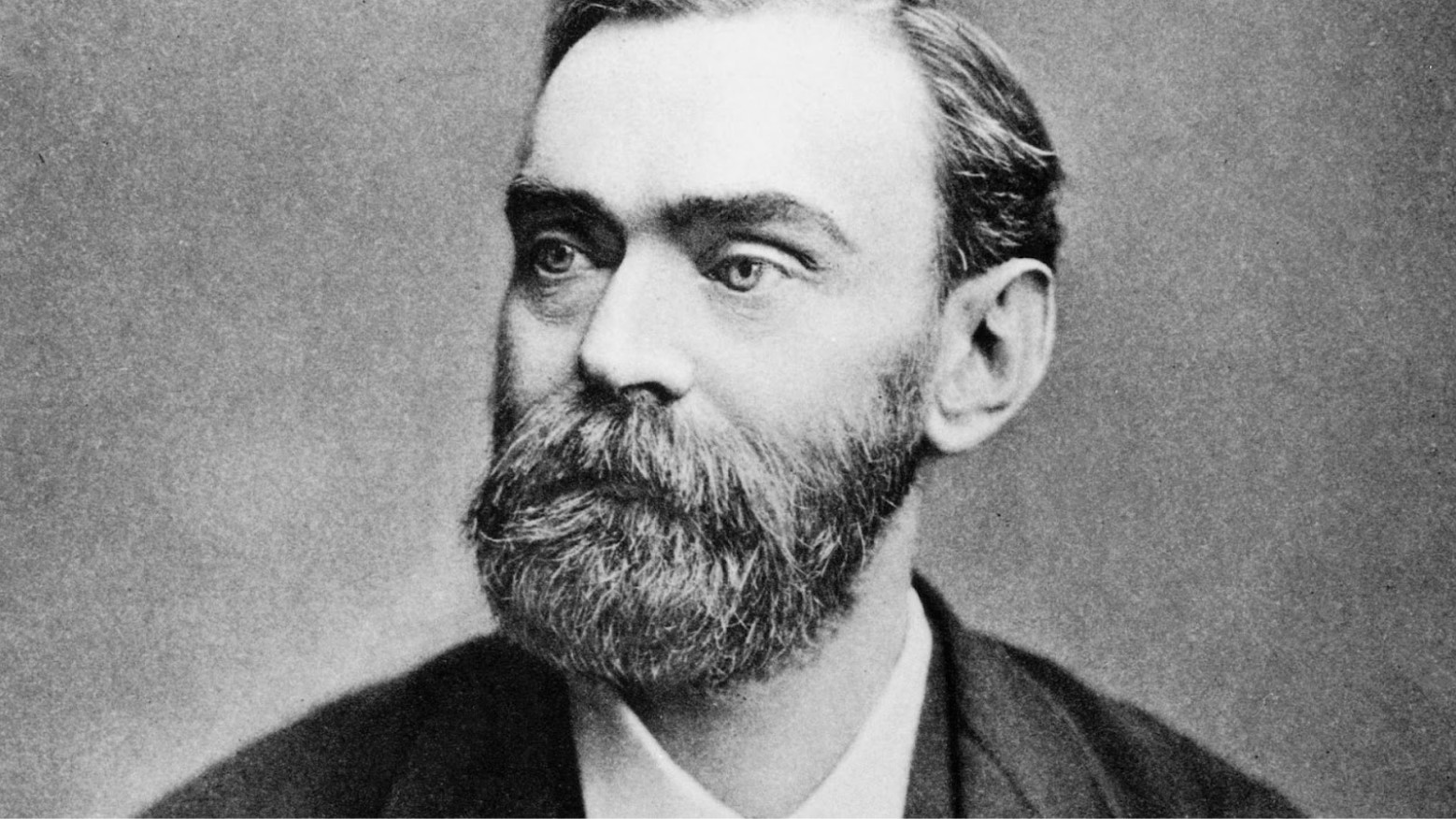
Source: Public Domain/Wikimedia Commons
Answer:
Dynamite
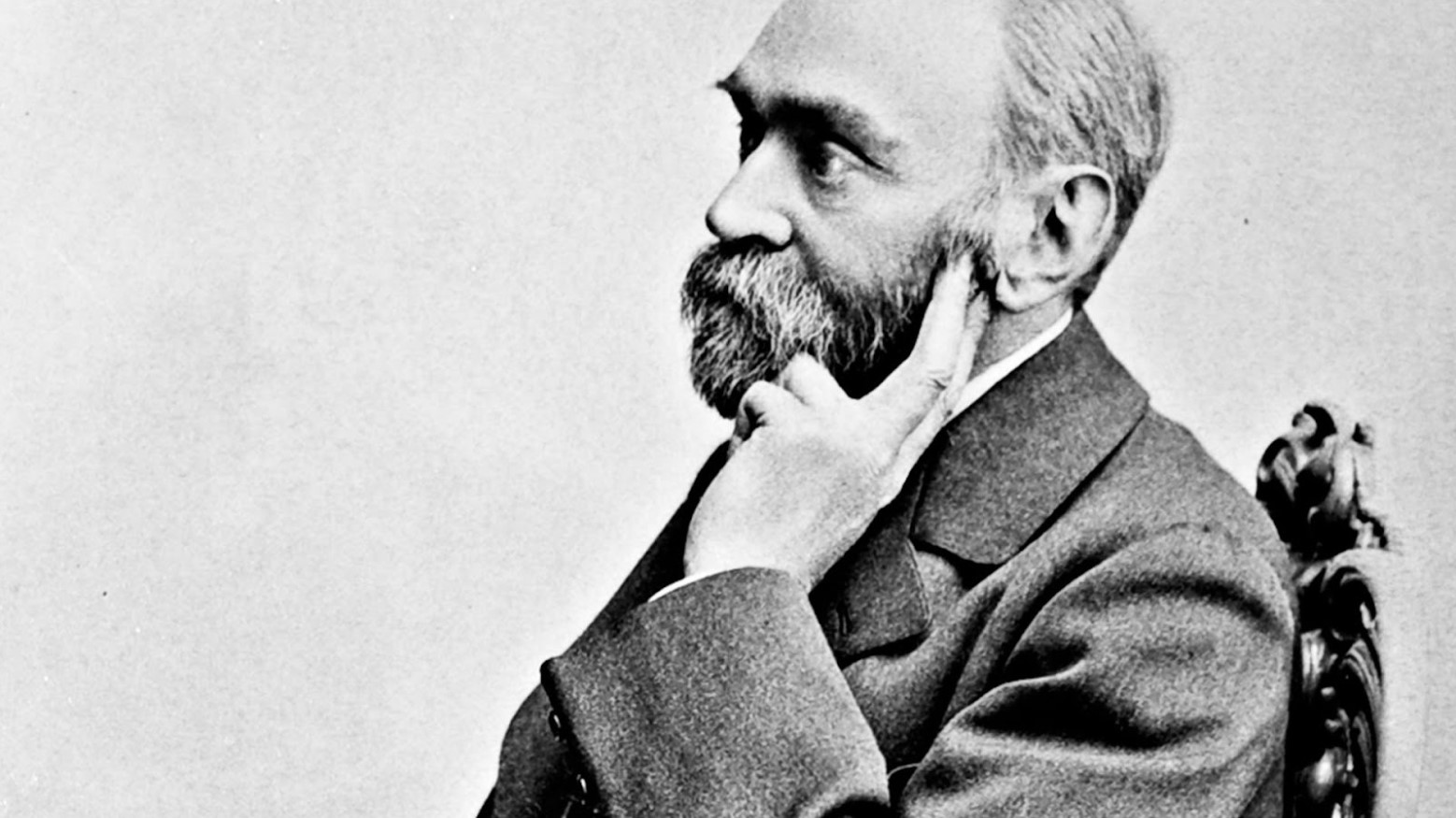
Source: Public Domain/Wikimedia Commons
Who created the Model T automobile?
- A) Henry Ford
- B) Alexander Graham Bell
- C) Eli Whitney Jr.
- D) Andrew Carnegie

Source: Richard Smith/Wikimedia Commons
Answer:
Henry Ford
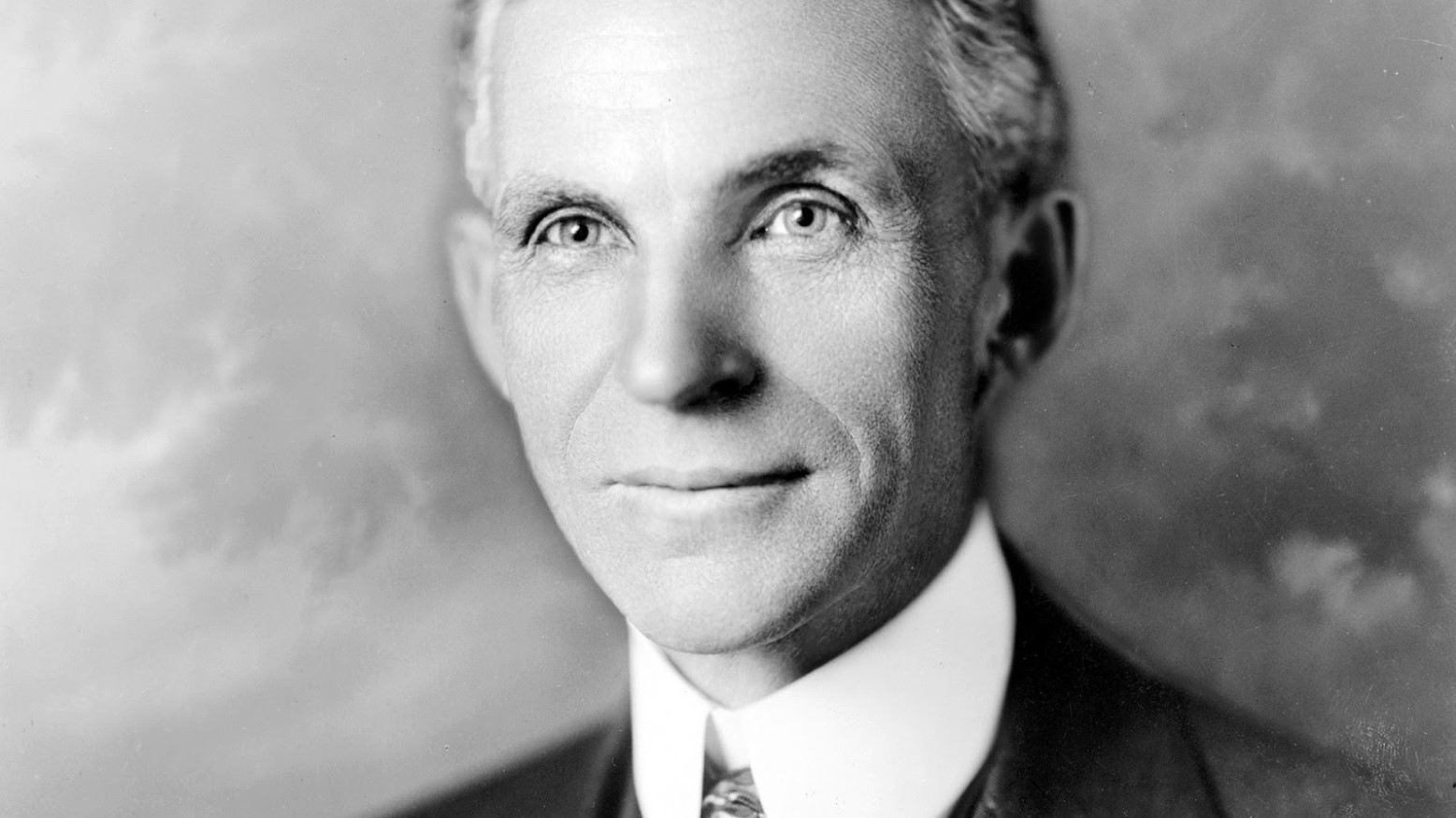
Source: Public Domain/Wikimedia Commons
Benjamin Franklin, one of America’s Founding Fathers, invented what?
- A) Light bulb
- B) Electricity
- C) Lightning rod
- D) Power grid

Source: Public Domain/Wikimedia Commons
Answer:
Lightning rod
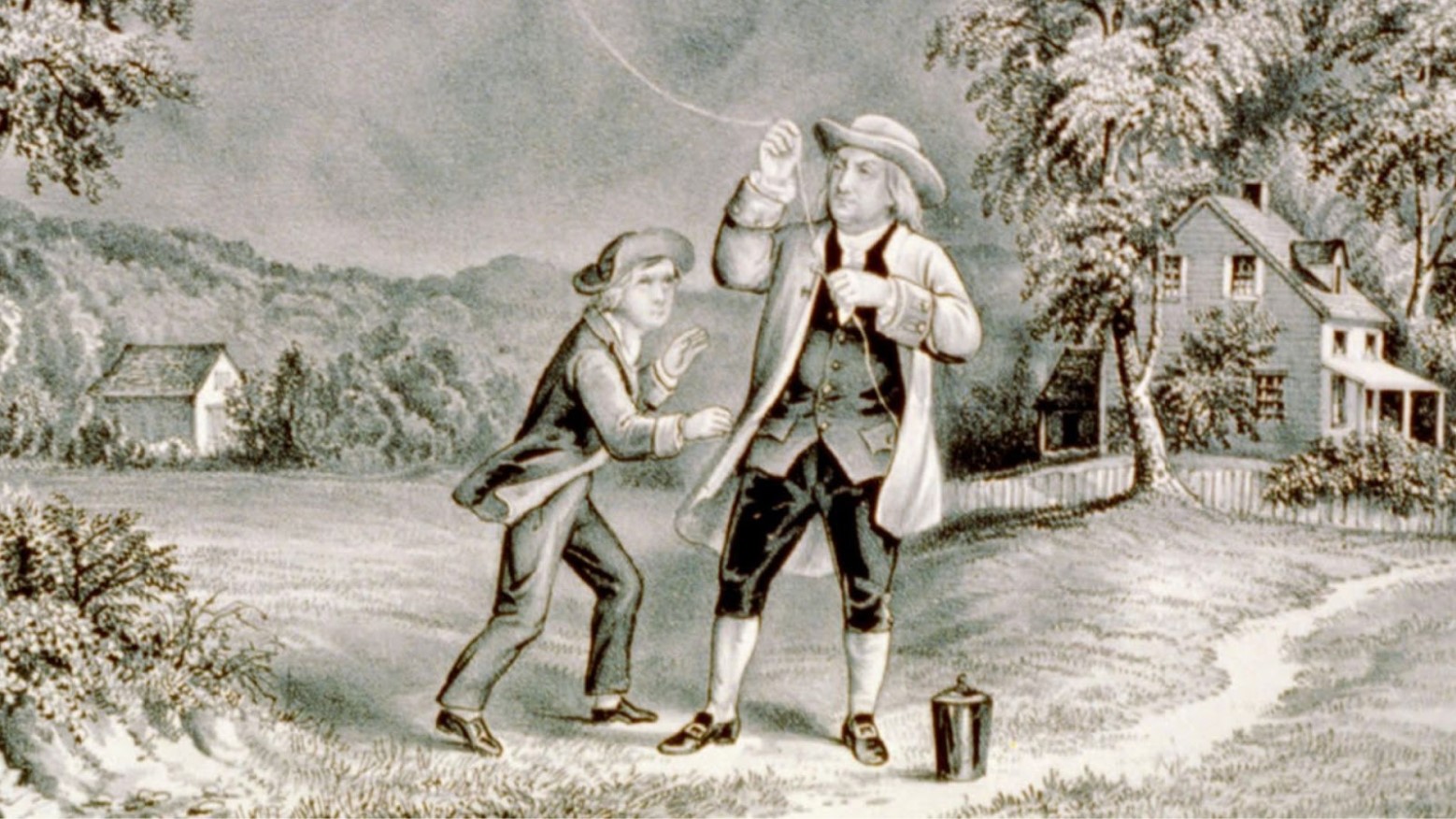
Source: Public Domain/Wikimedia Commons
John Spilsbury was once a royal cartographer for Great Britain’s George III. Today, he is best known for inventing what?
- A) Maps
- B) Bookbinding methods
- C) Jigsaw puzzles
- D) Typewriter
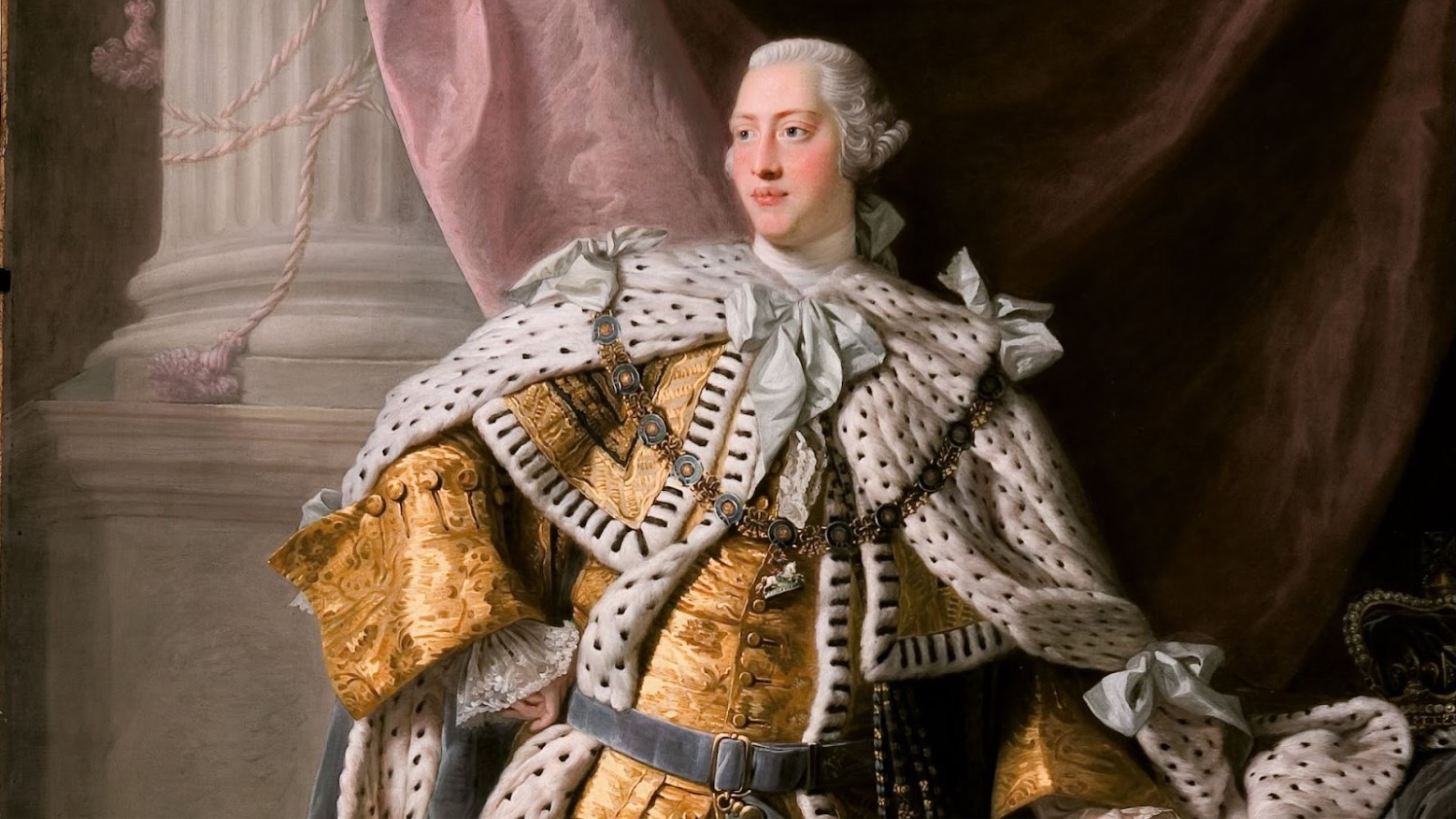
Source: Public Domain/Wikimedia Commons
Answer:
Jigsaw puzzles
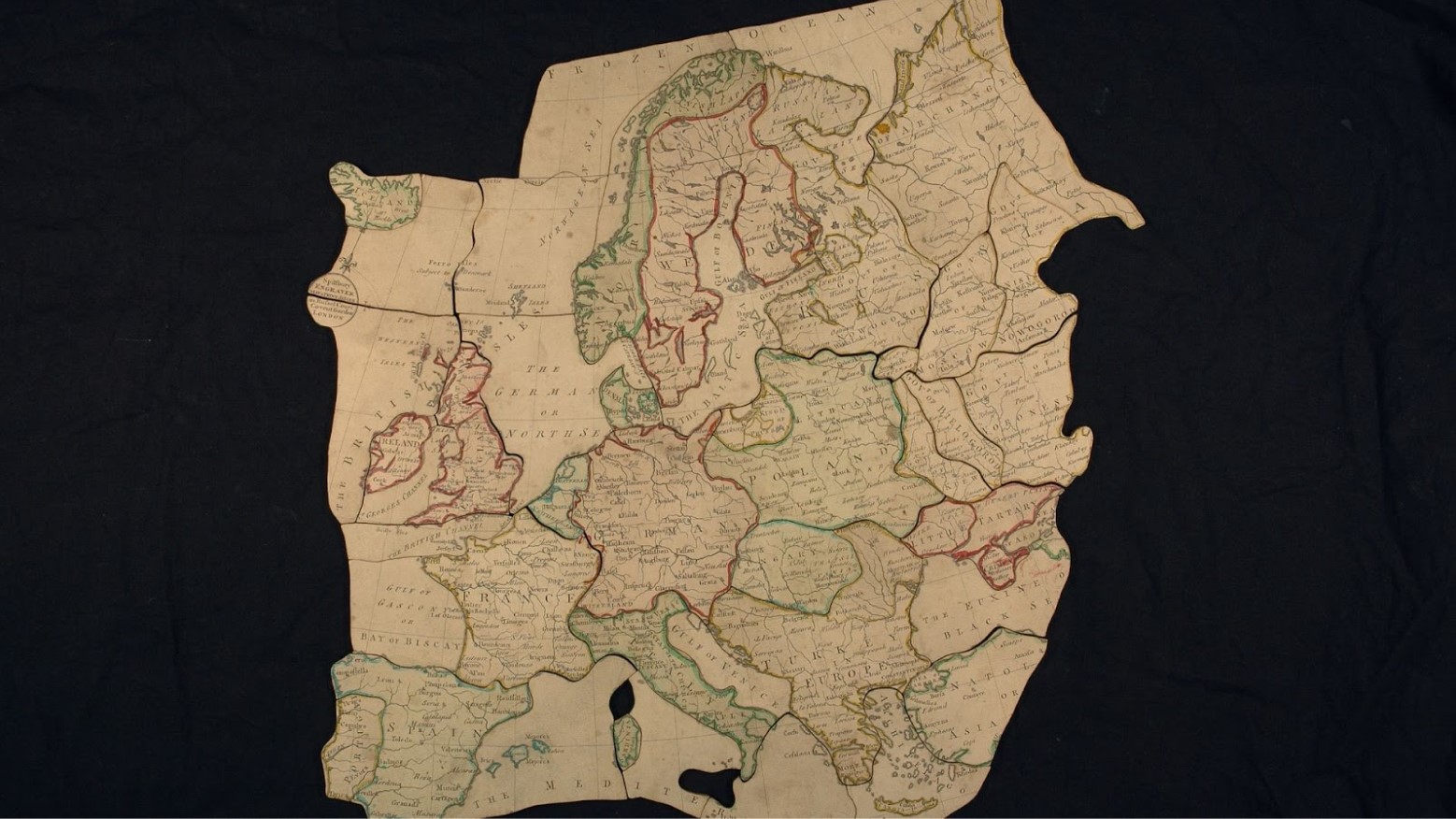
Source: Image courtesy of York Museums Trust/Wikimedia Commons
What did Wilbur and Orville Wright, also commonly known as the Wright brothers, invent?
- A) Bicycles
- B) The airplane
- C) Trains
- D) Hot air balloons
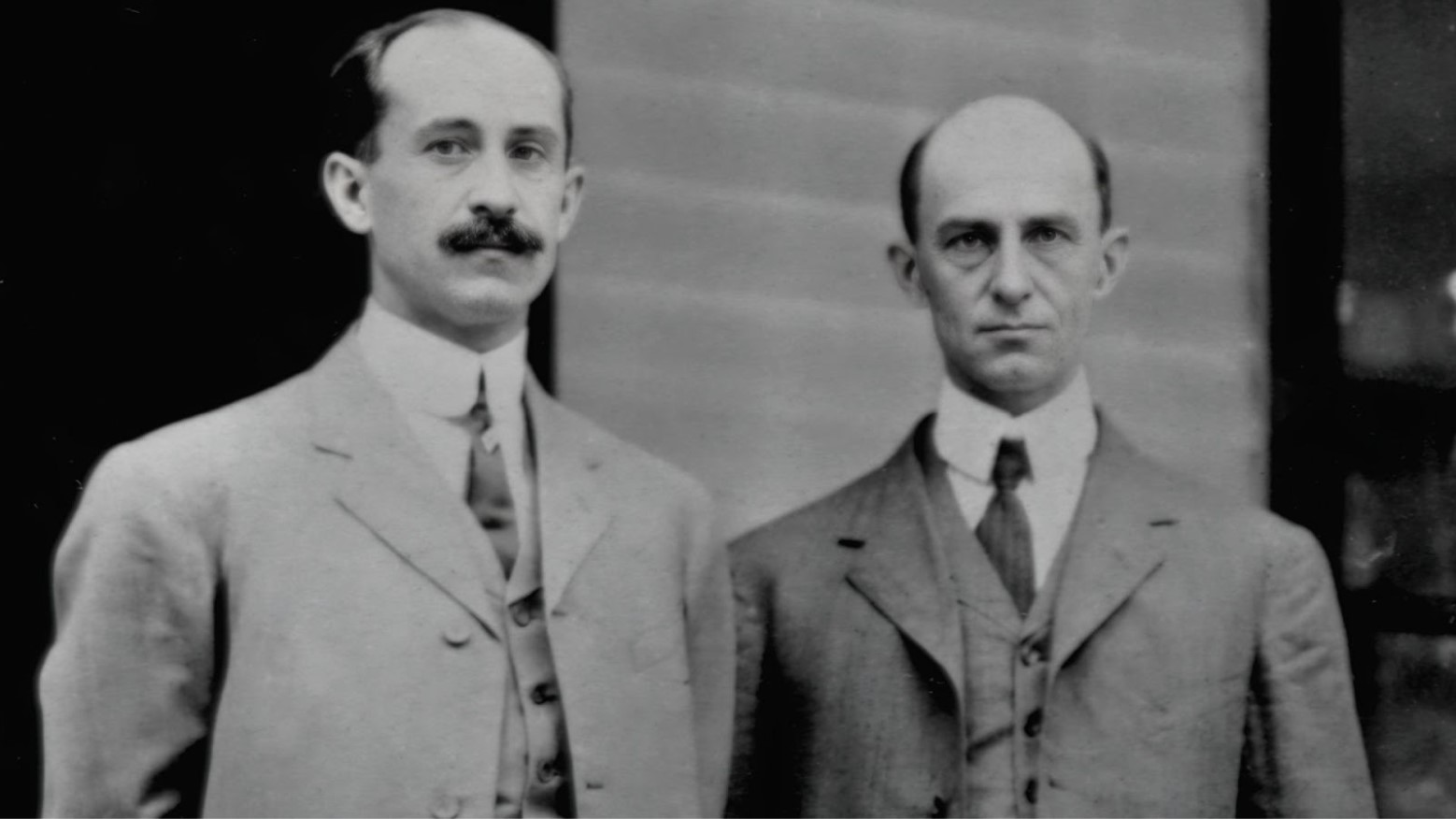
Source: Public Domain/Wikimedia Commons
Answer:
The airplane
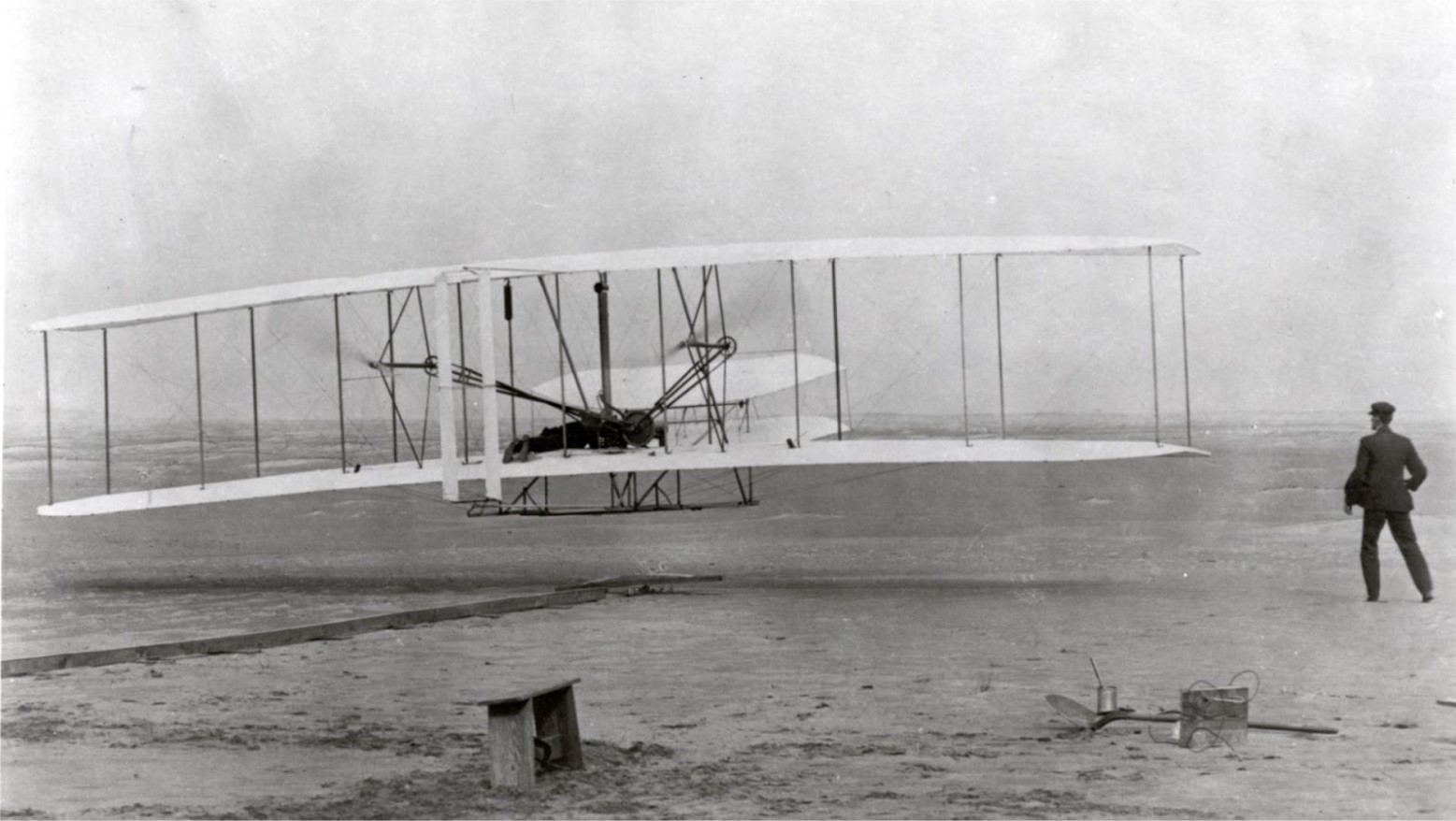
Source: Public Domain/Wikimedia Commons
Who was the first person to invent the electric battery?
- A) Alessandro Volta
- B) Michael Faraday
- C) Luigi Galvani
- D) Thomas Edison
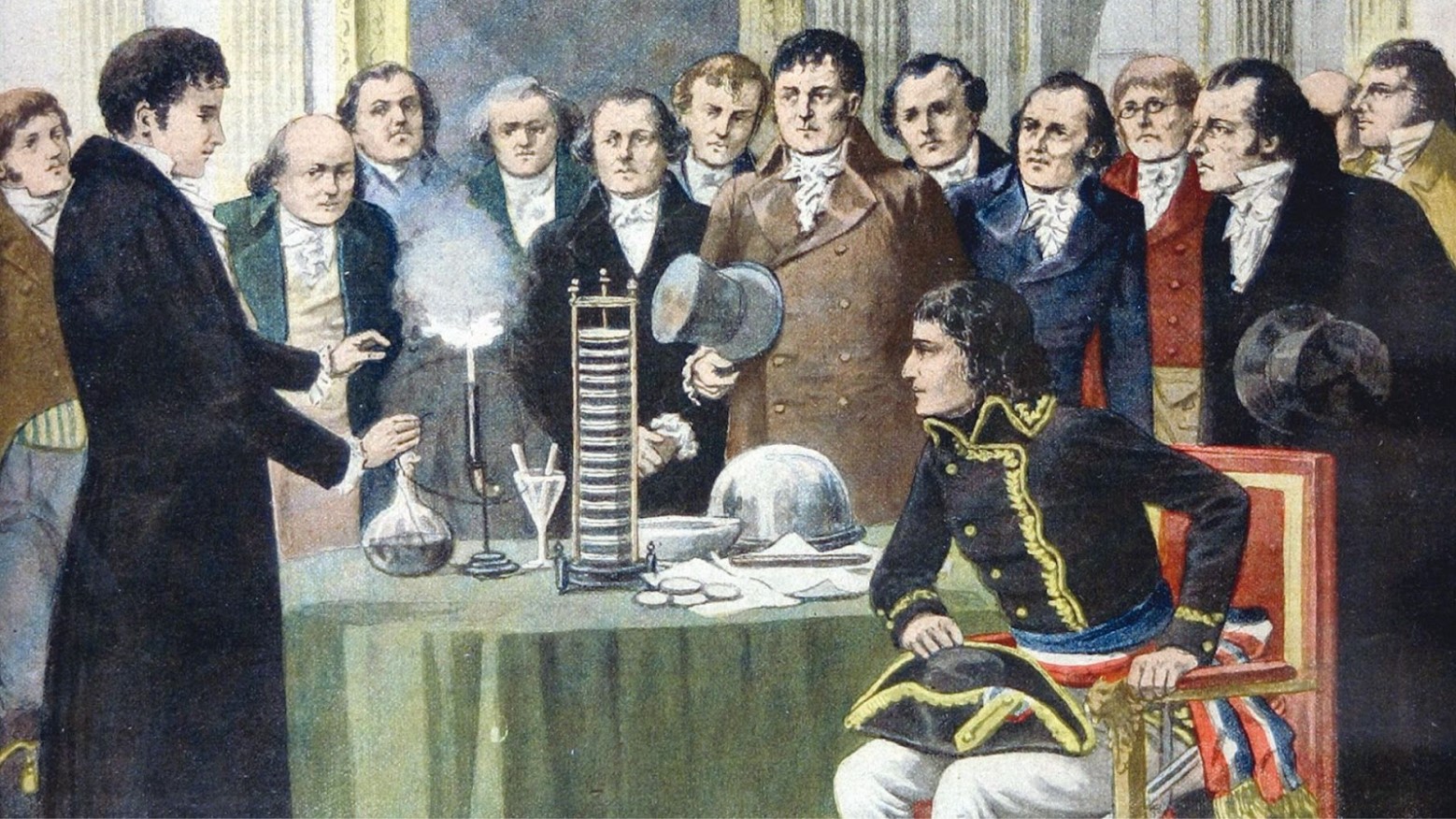
Source: Public Domain/Wikimedia Commons
Answer:
Alessandro Volta
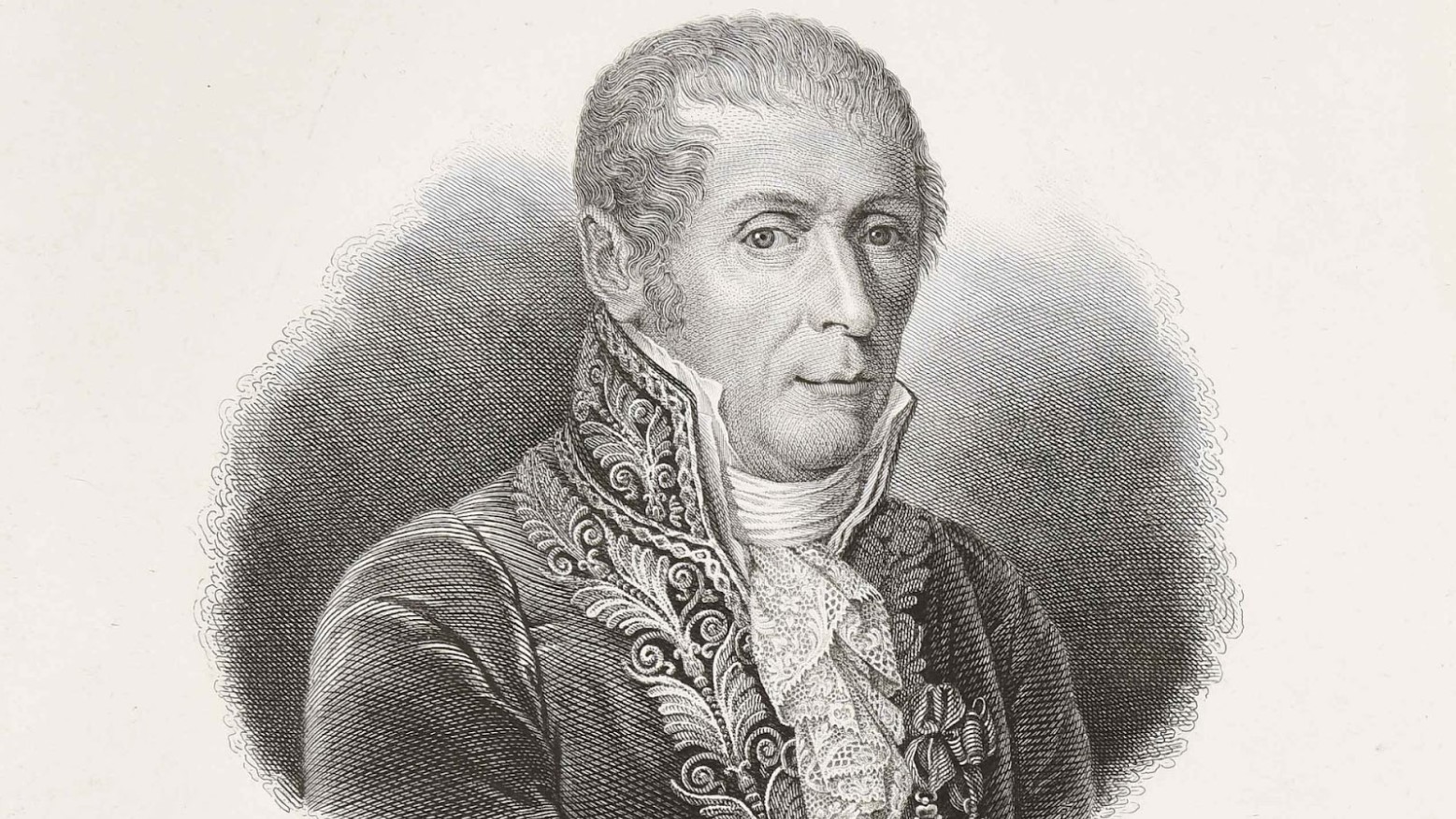
Source: Public Domain/Wikimedia Commons
Who invented the motion picture camera?
- A) Alexander Graham Bell
- B) Nikola Tesla
- C) Thomas Edison and his assistant William Dickson
- D) Eli Whitney

Source: Public Domain/Wikimedia Commons
Answer:
Thomas Edison and his assistant William Dickson
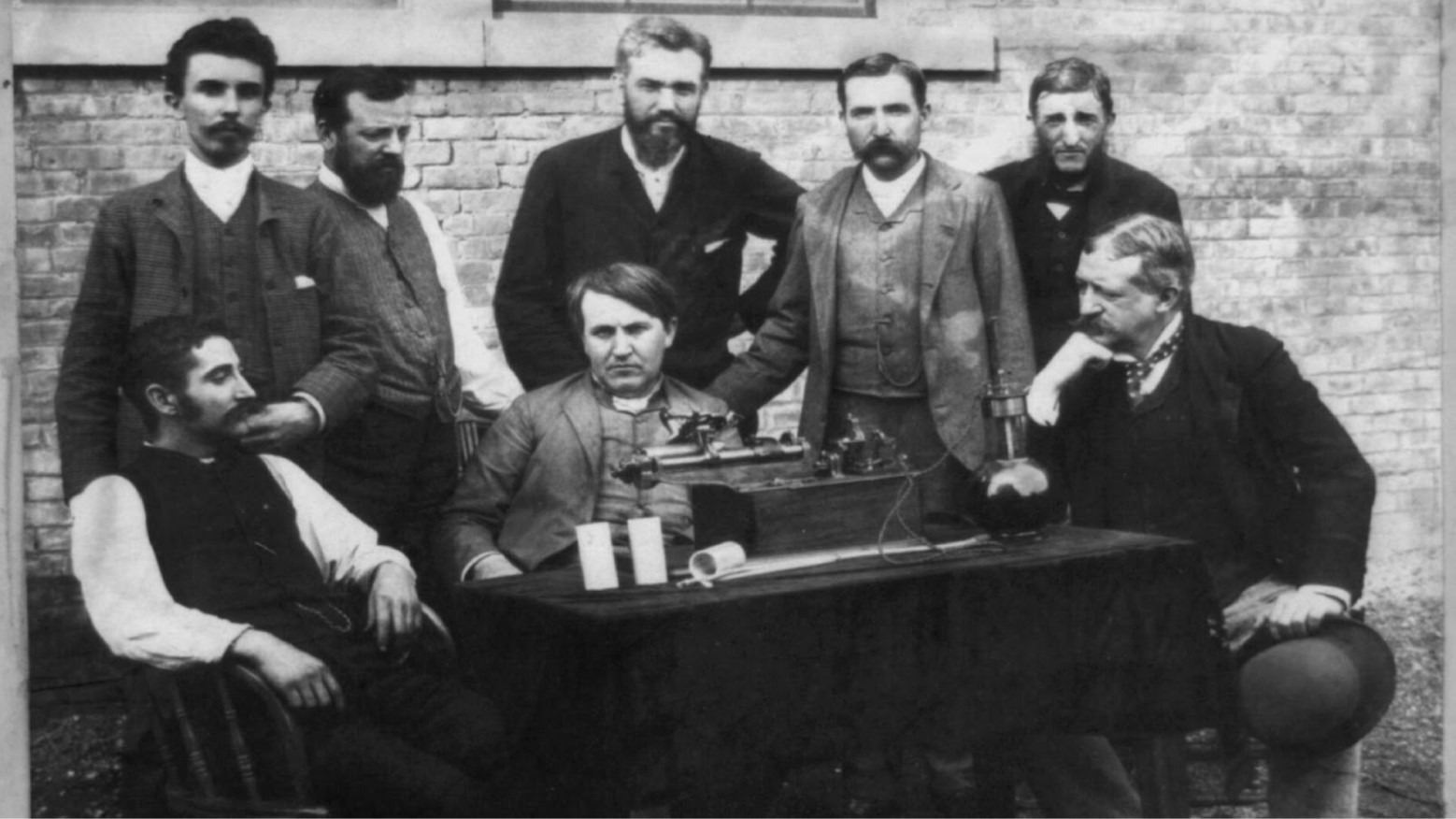
Source: Public Domain/Wikimedia Commons
What did the American inventor Eli Whitney create in 1793?
- A) Cotton gin
- B) Typewriter
- C) Telephone
- D) Water well
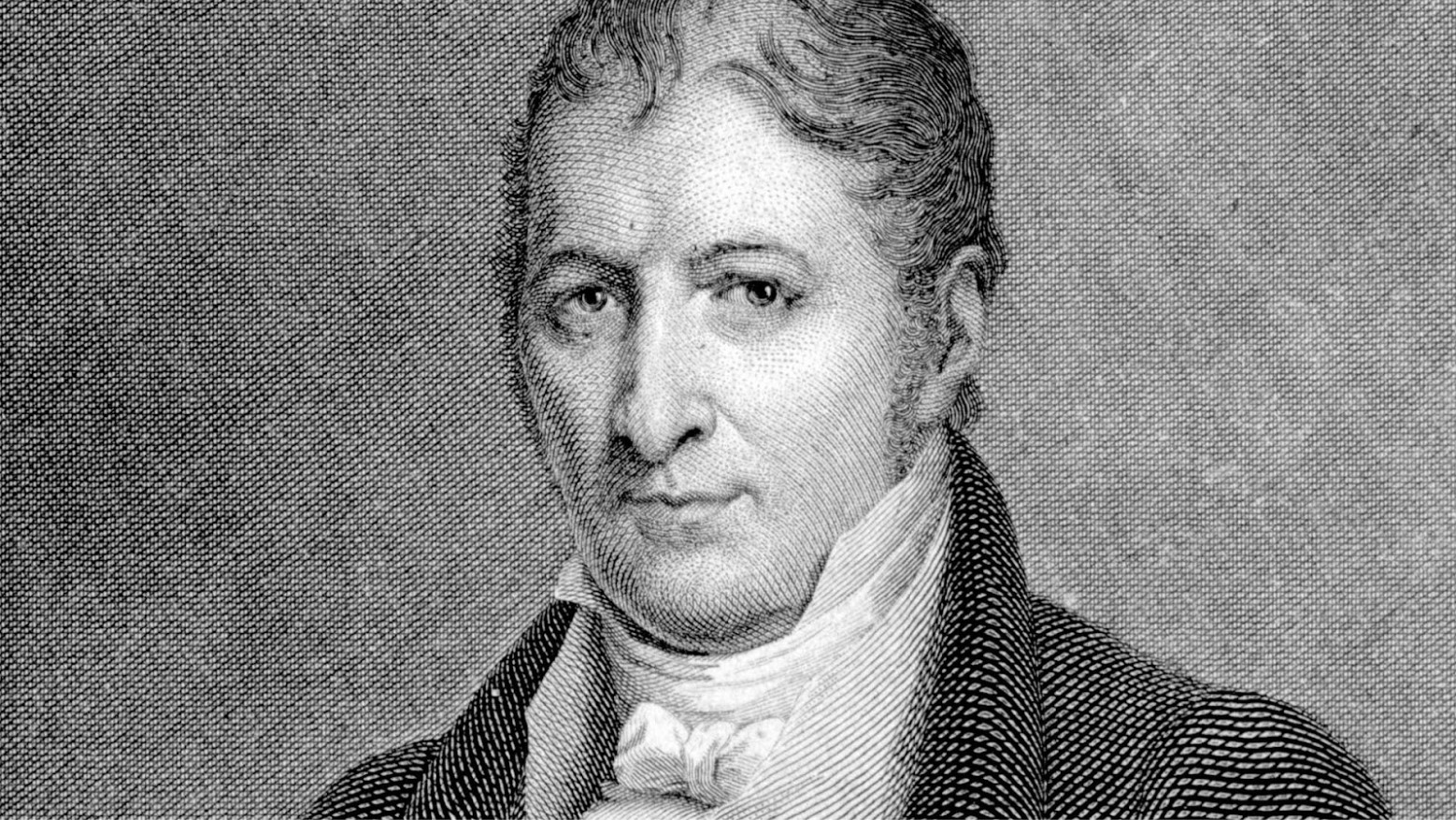
Source: Public Domain/Wikimedia Commons
Answer:
Cotton gin

Source: Tom Murphy VII/Wikimedia Commons
Who developed frequency hopping technology, which eventually became Wi-Fi?
- A) Vinton Cerf and Robert Kahn
- B) Hedy Lamarr
- C) Thomas Edison
- D) Nikola Tesla

Source: Praveen kumar Mathivanan/Unsplash
Answer:
Hedy Lamarr
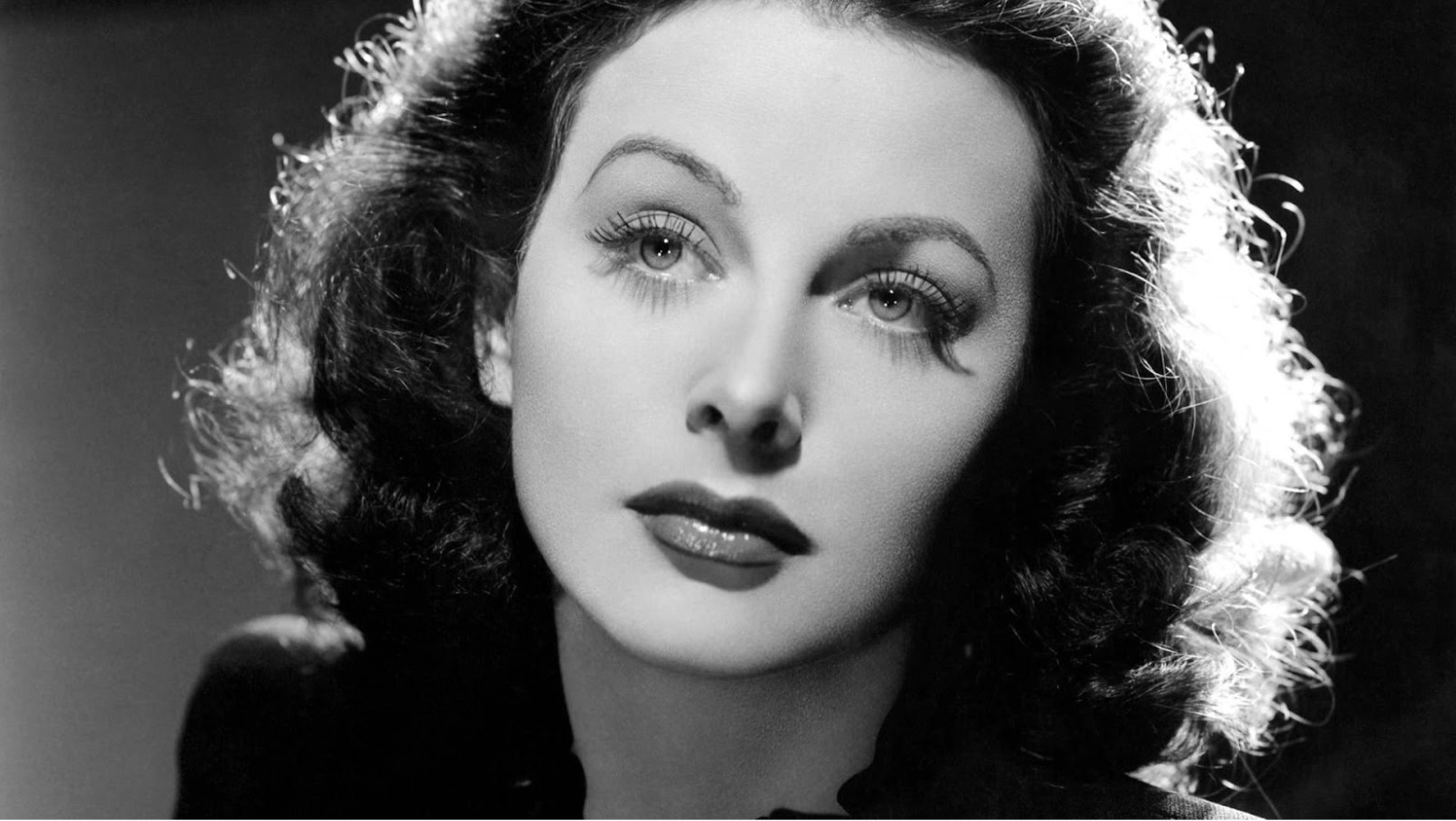
Source: Public Domain/Wikimedia Commons
What did Thomas Edison invent and successfully patent?
- A) Light bulb
- B) Printer
- C) Telescope
- D) Super-powered telescope
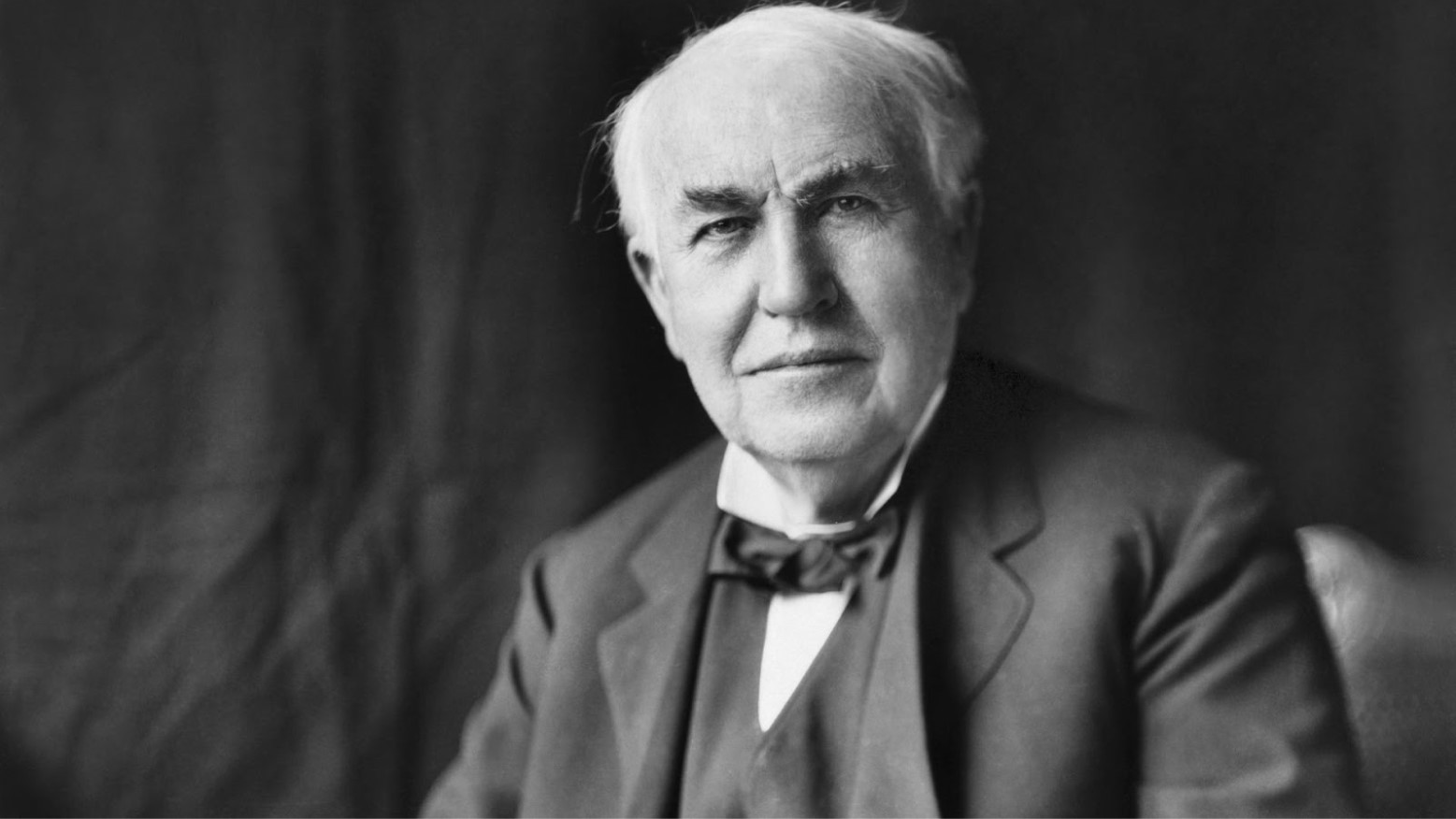
Source: Public Domain/Wikimedia Commons
Answer:
Light bulb
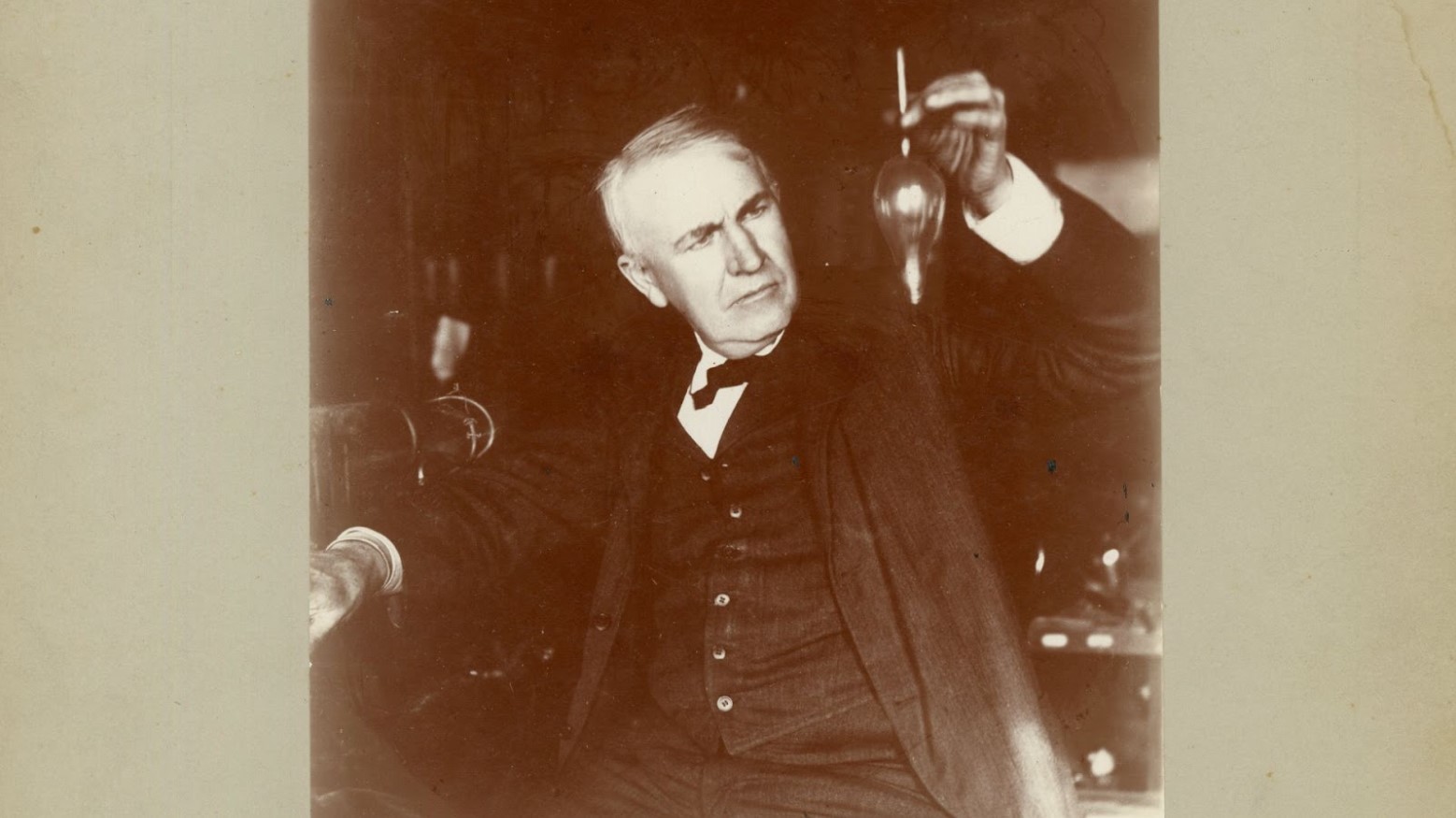
Source: Public Domain/Wikimedia Commons
Who created and patented the first practical telephone?
- A) Thomas Edison
- B) Andrew Carnegie
- C) Alexander Graham Bell
- D) Samuel Morse
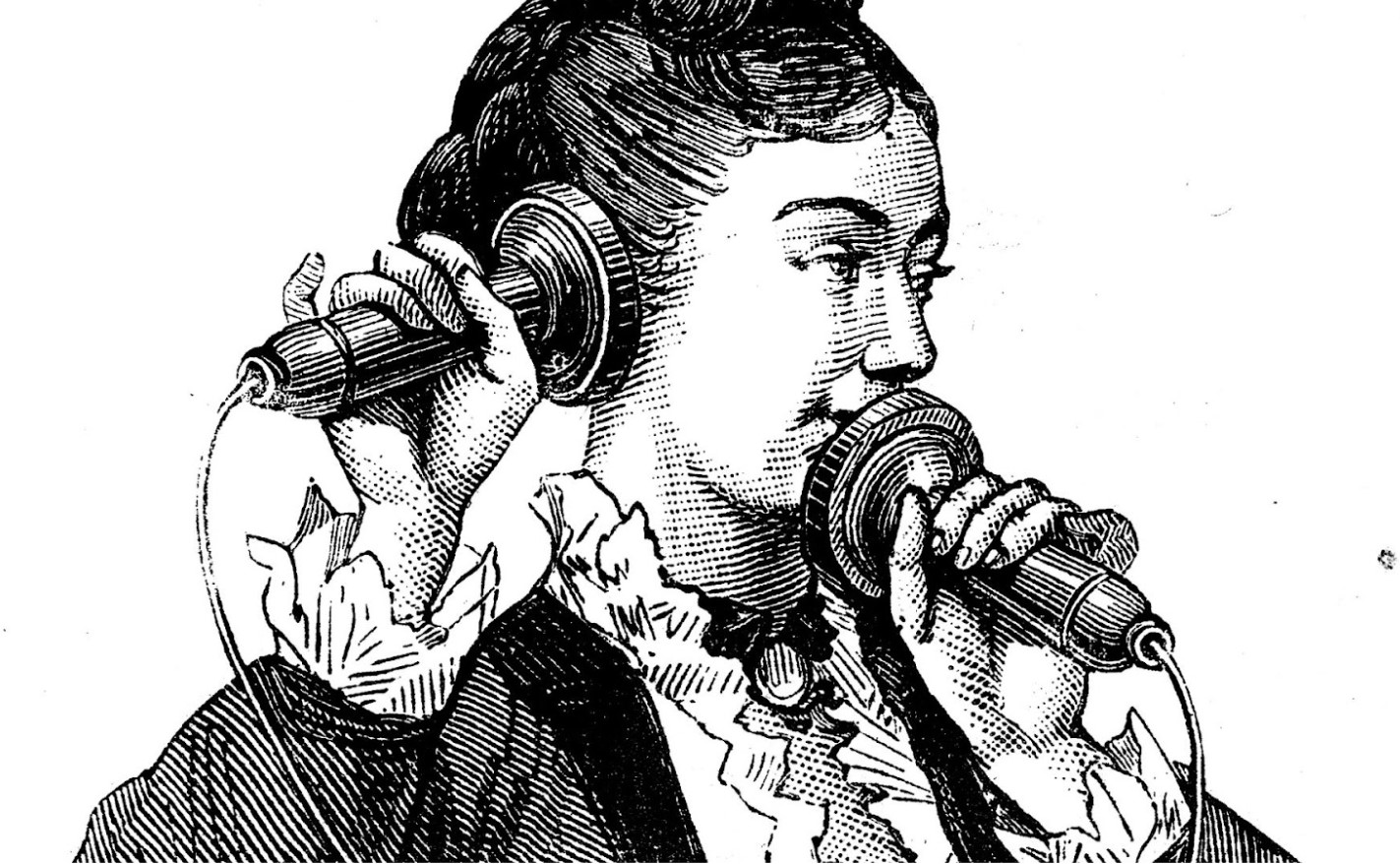
Source: Public Domain/Wikimedia Commons
Answer:
Alexander Graham Bell
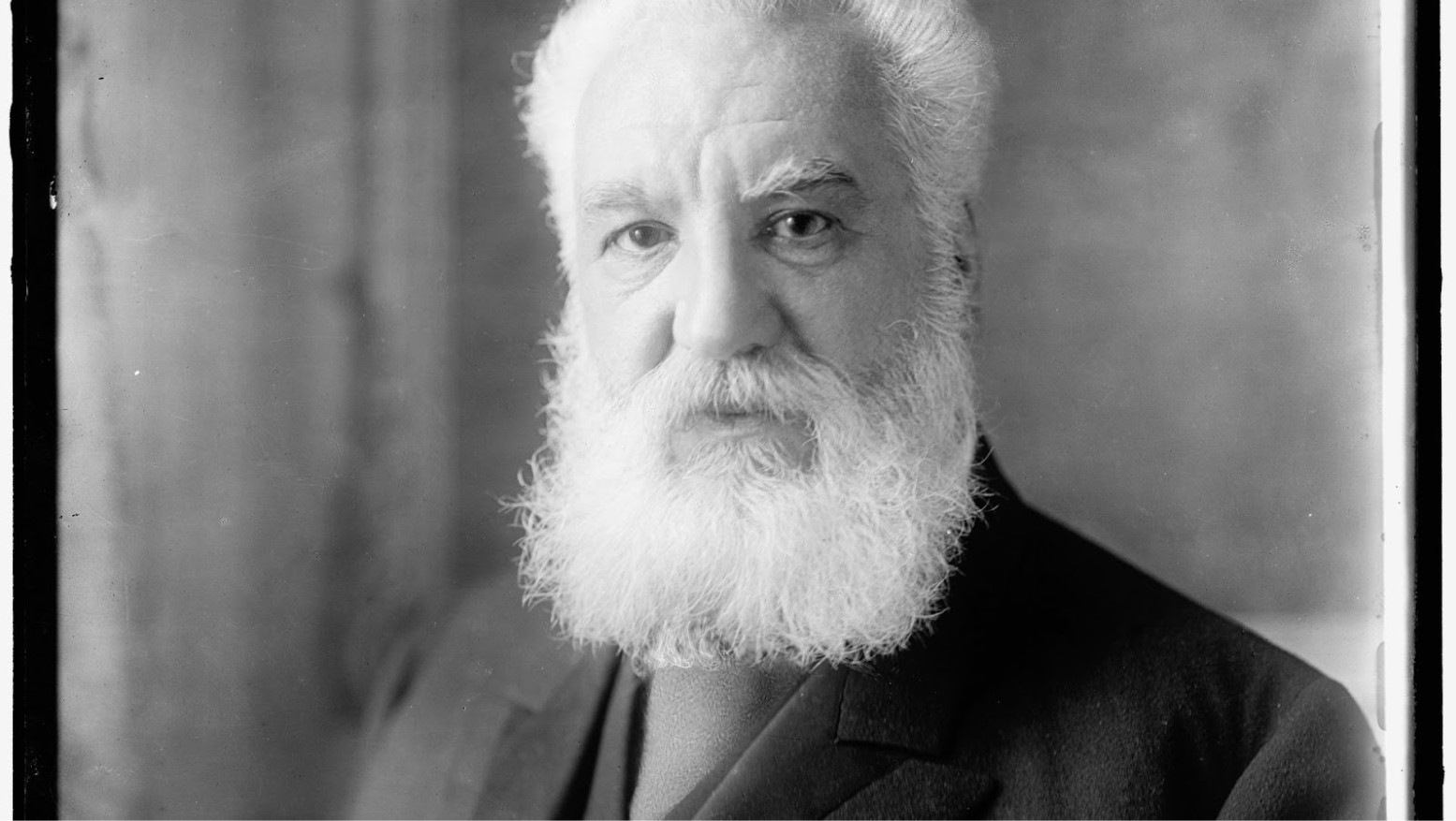
Source: Public Domain/Wikimedia Commons
Who invented and developed more than 300 different products — all from peanuts?
- A) George Washington
- B) George Washington Carver
- C) Garrett Morgan
- D) Ruth Wakefield
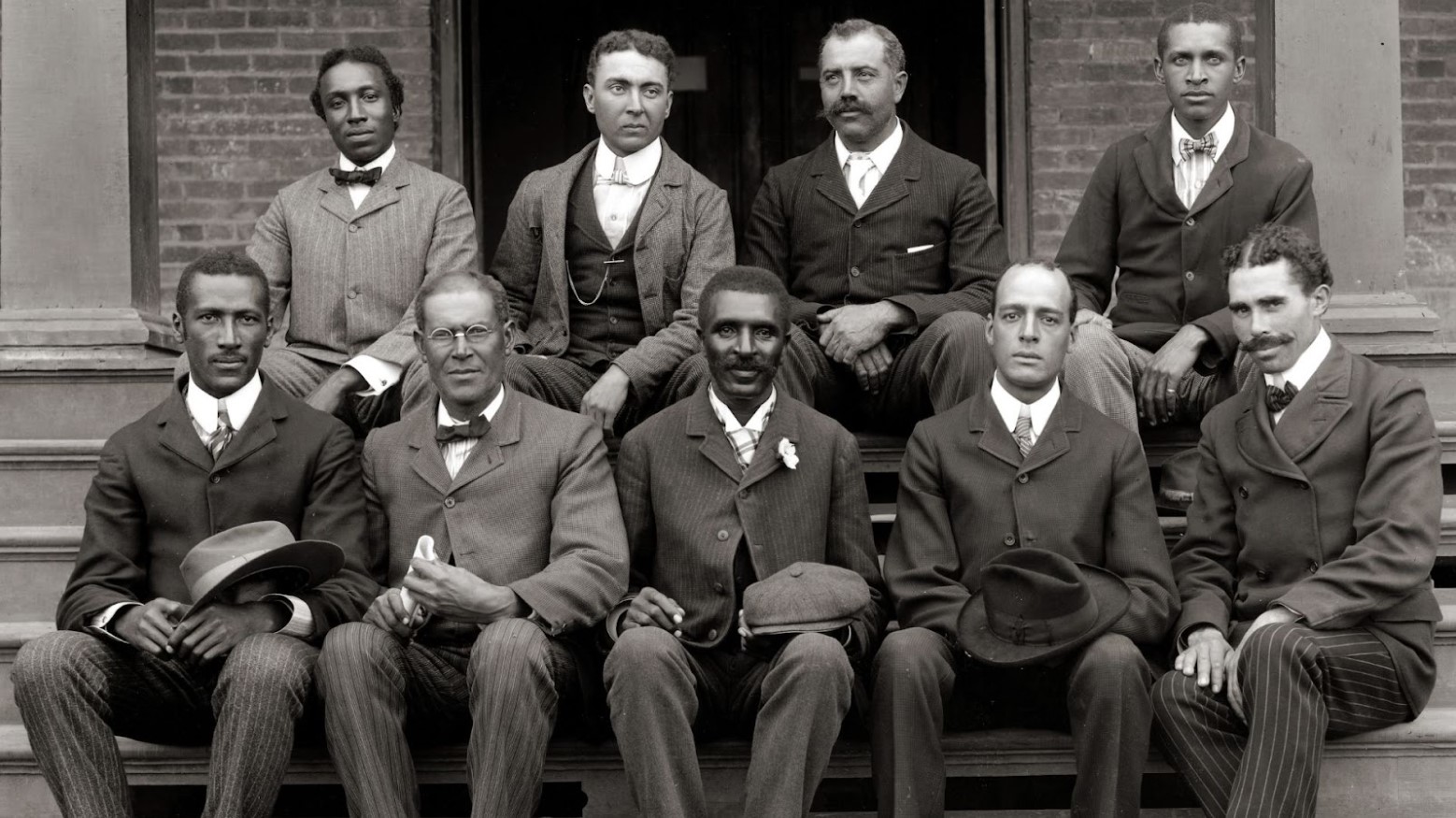
Source: Public Domain/Wikimedia Commons
Answer:
George Washington Carver
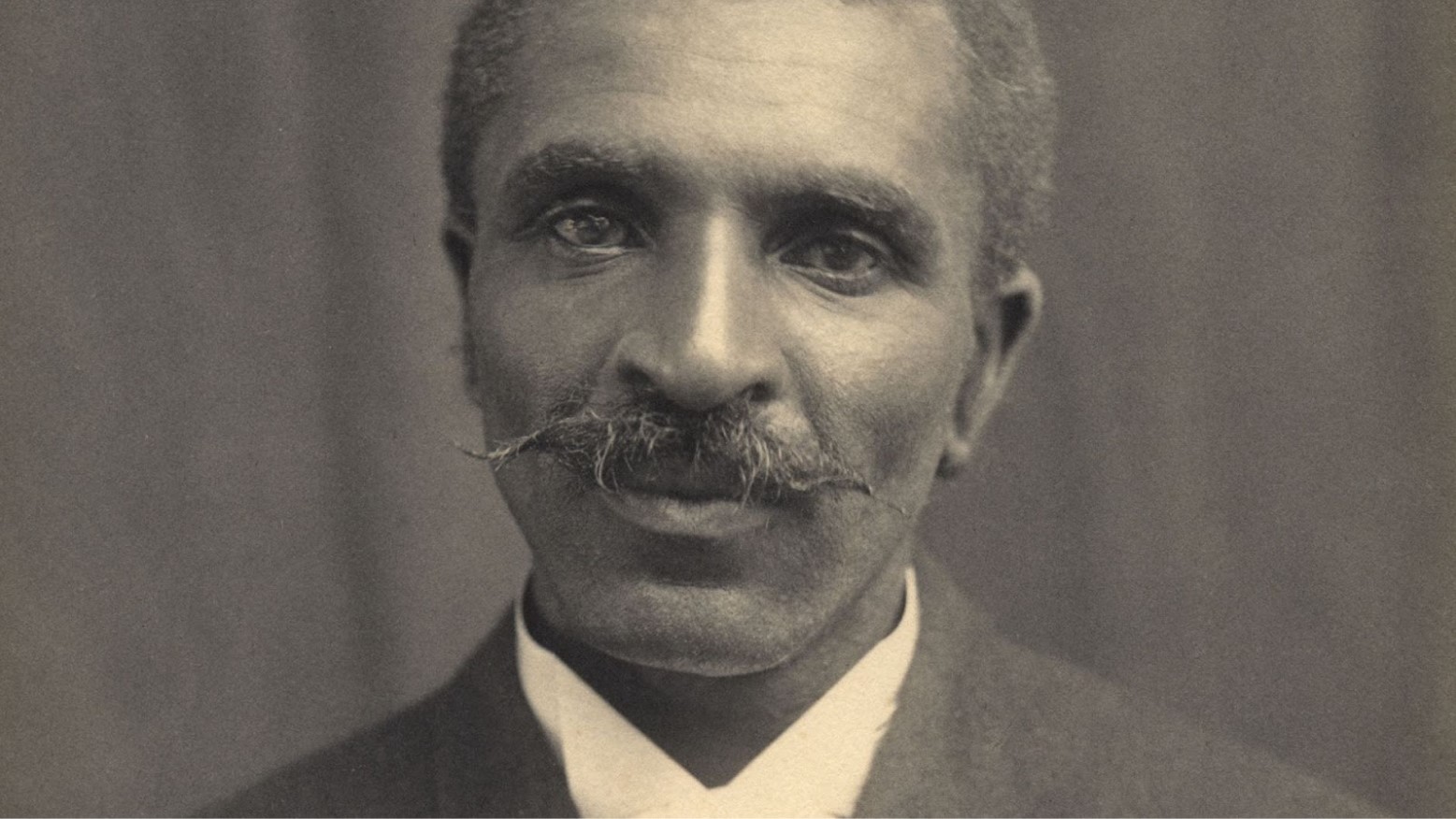
Source: Public Domain/Wikimedia Commons
What did Isaac Newton invent in 1668?
- A) AC electricity
- B) Fire extinguisher
- C) Printing press
- D) Reflecting telescope
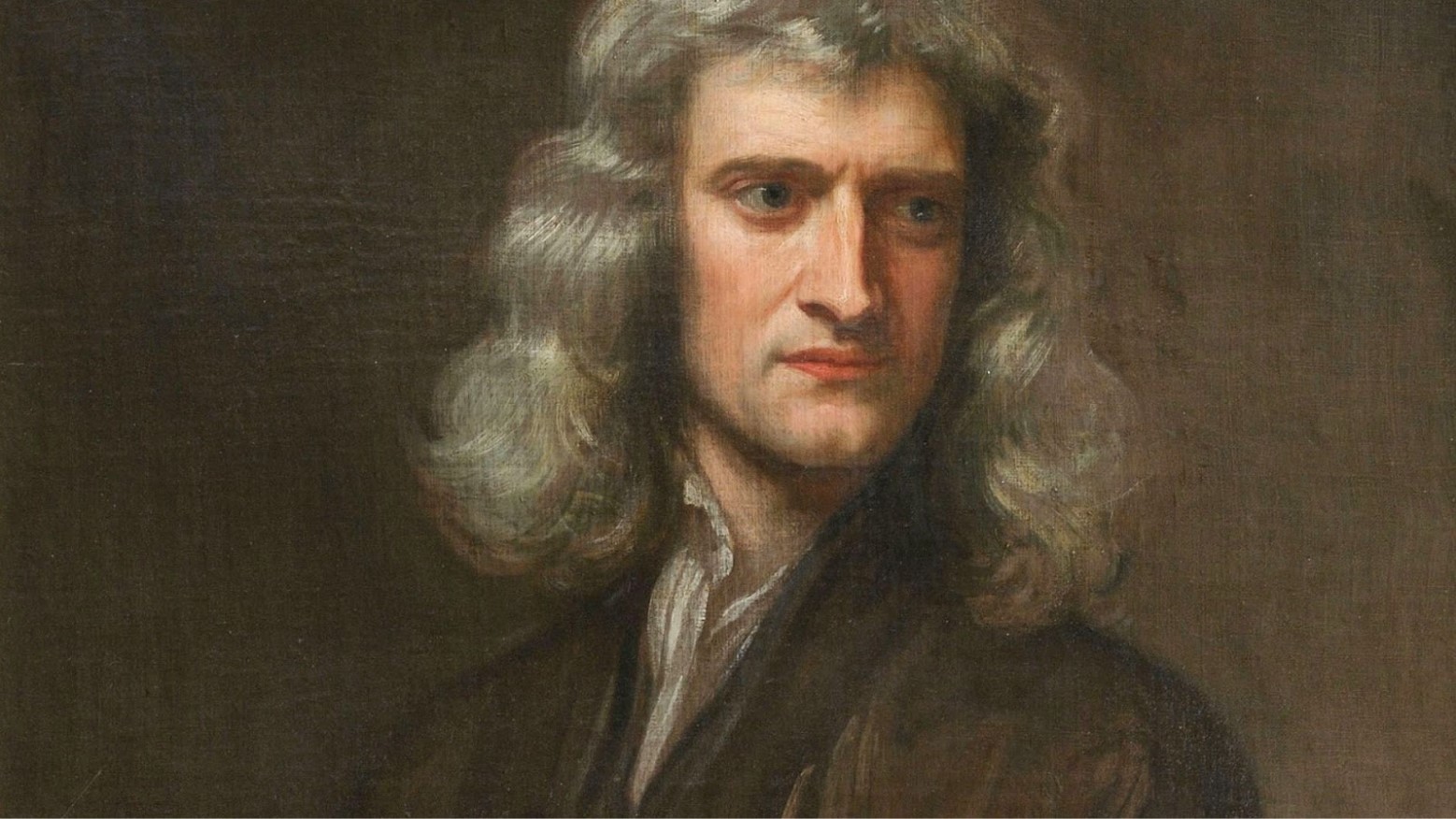
Source: Public Domain/Wikimedia Commons
Answer:
Reflecting telescope
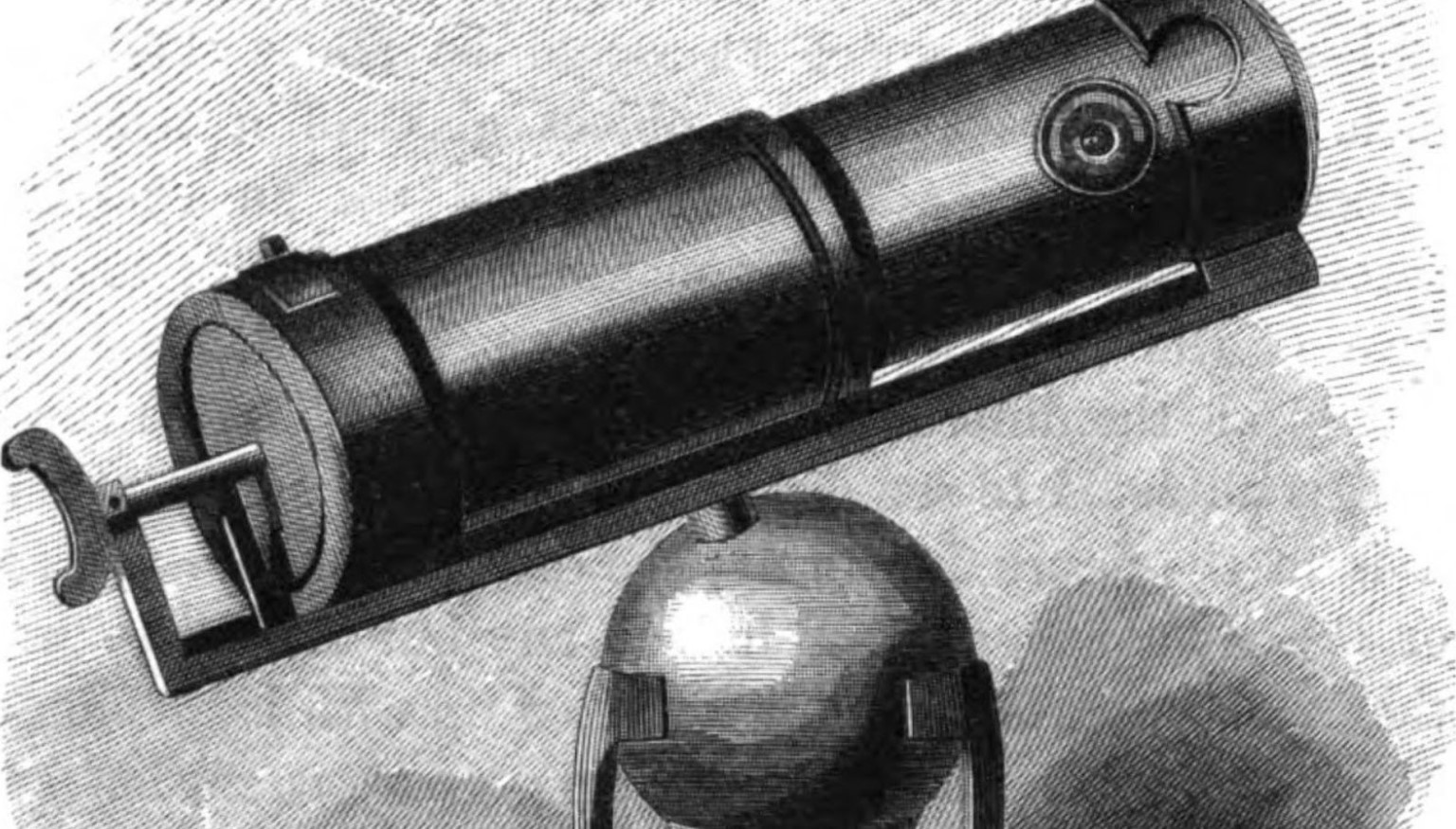
Source: Public Domain/Wikimedia Commons
Who invented printing by movable type?
- A) Alexander Graham Bell
- B) Leonardo da Vinci
- C) Johannes Gutenberg
- D) Nicolaus Copernicus
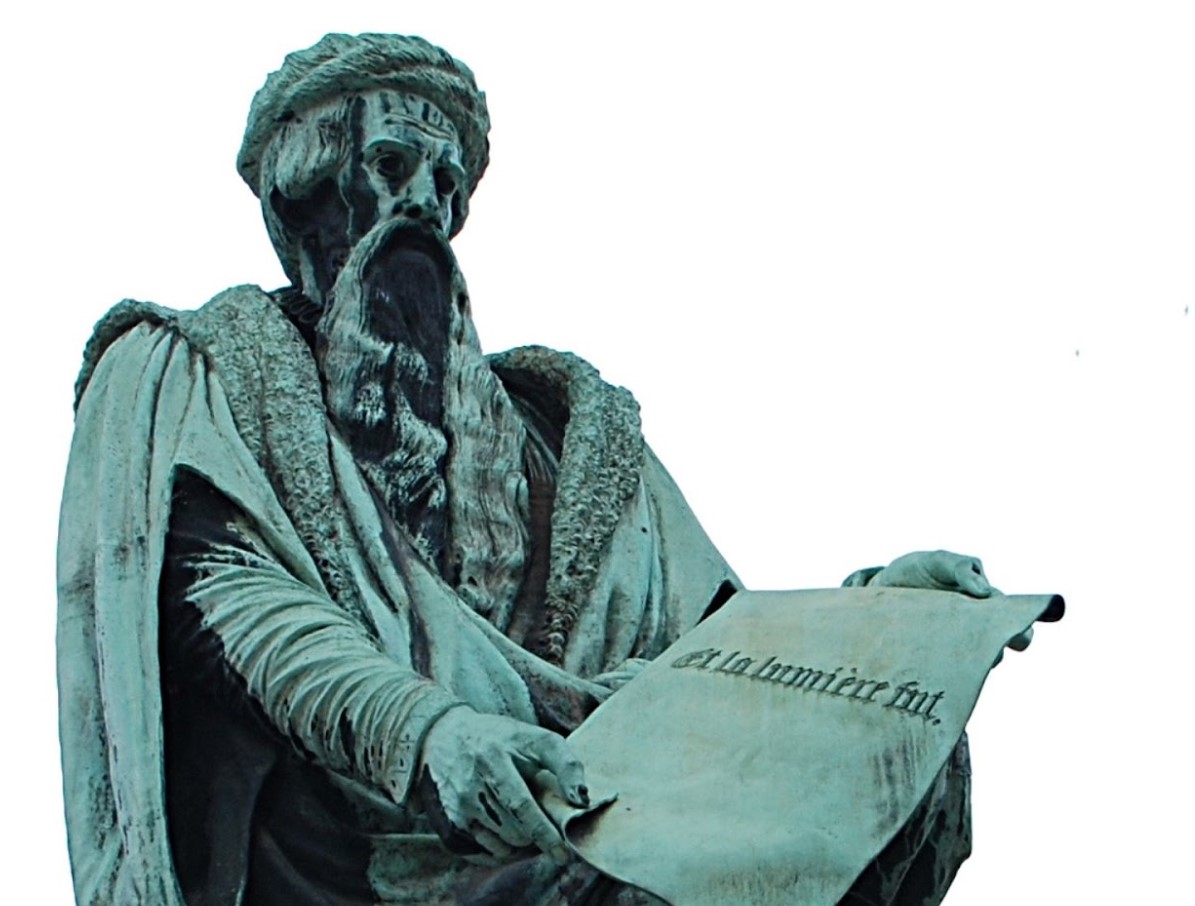
Source: Public Domain/Wikimedia Commons
Answer:
Johannes Gutenberg
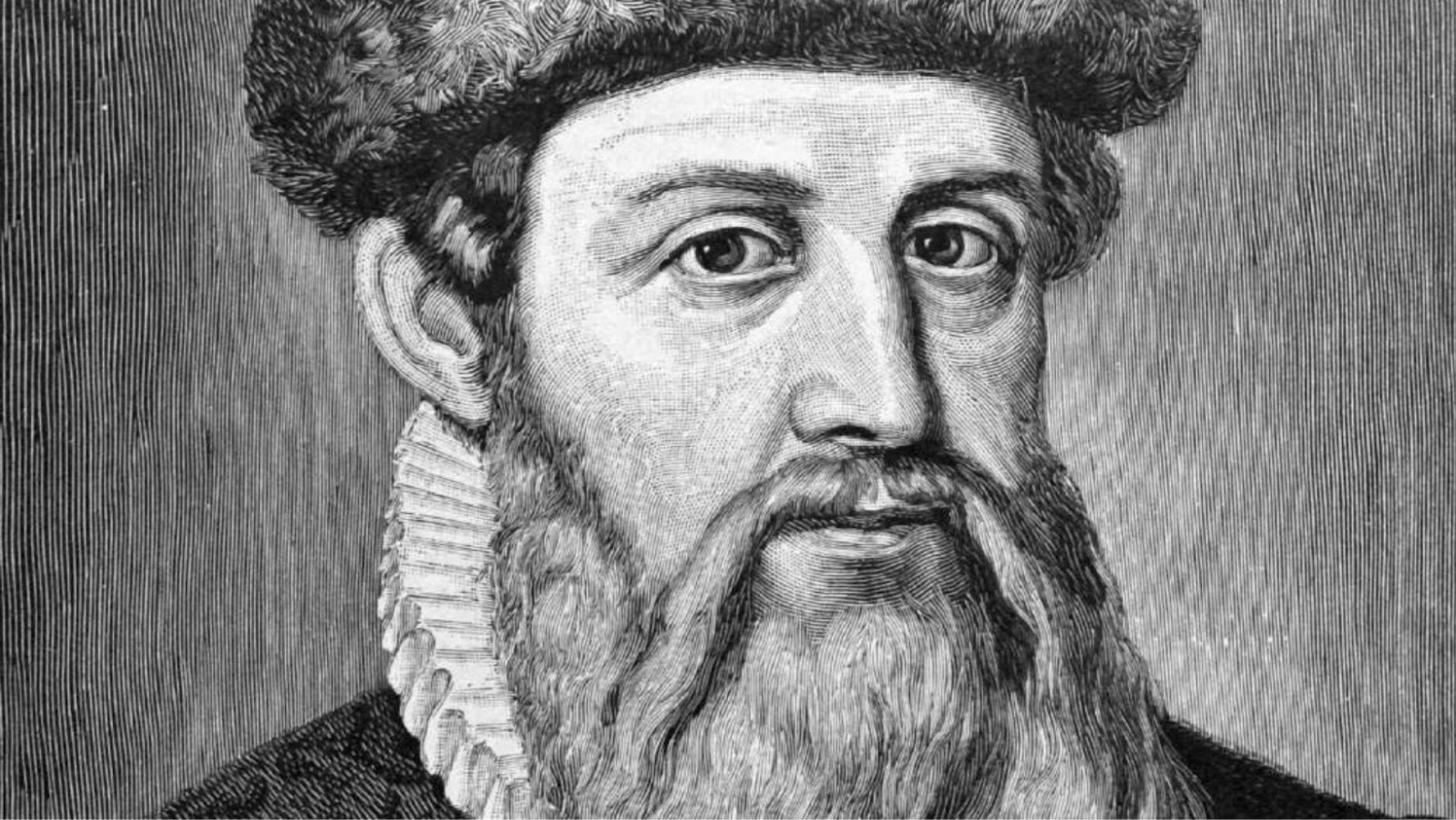
Source: Public Domain/Wikimedia Commons
Earle Dickson, once the vice president of Johnson & Johnson, created this product for his accident-prone wife…?
- A) Band-aids
- B) Penicillin
- C) The polio vaccine
- D) Insulin
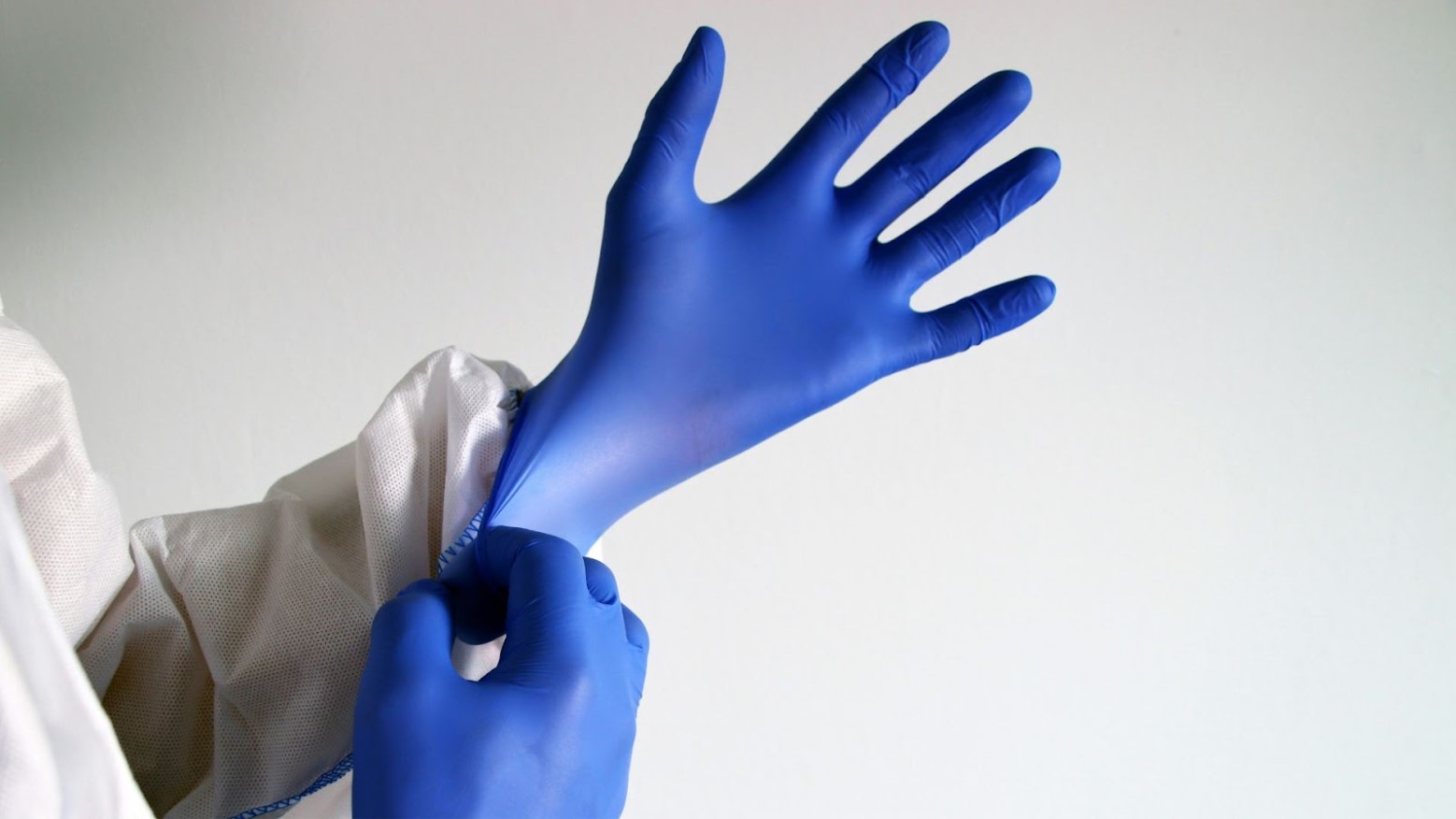
Source: Maskmedicare Shop/Unsplash
Answer:
Band-aids
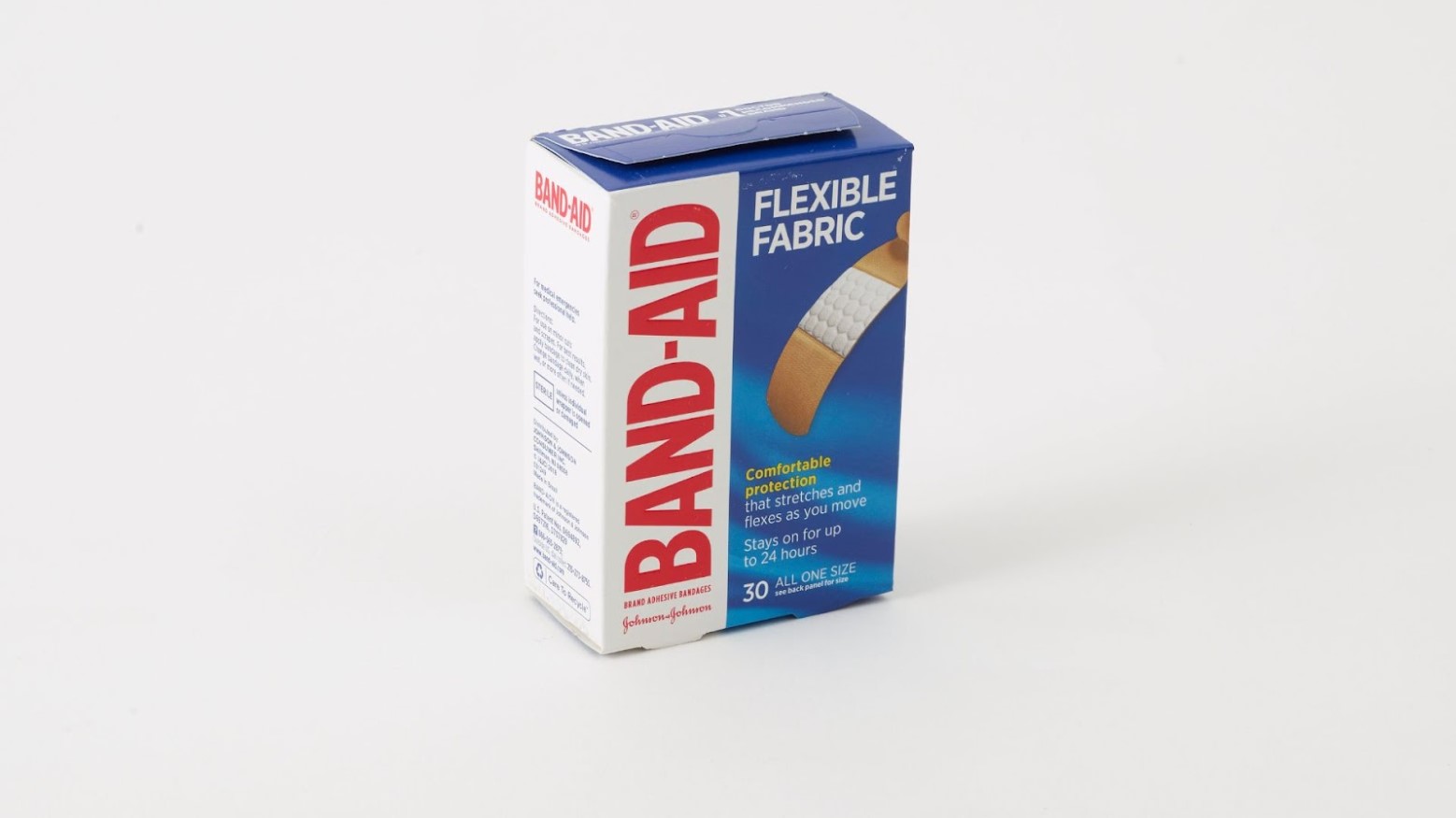
Source: Digital Public Library of America/Wikimedia Commons
